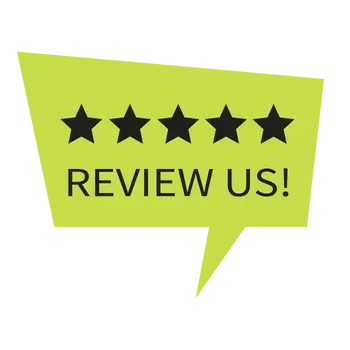OUR SERVICES
Family Medicine (FM)
Acupuncture
Acupuncture is among the oldest healing practices in the world. In the United States, where practitioners incorporate healing traditions from China, Japan, Korea, and other countries, acupuncture is considered part of complementary and alternative medicine (CAM).
- Acupuncture has been practiced in China and other Asian countries for thousands of years.
- Scientists are studying the efficacy of acupuncture for a wide range of conditions.
- Relatively few complications have been reported from the use of acupuncture.
The term “acupuncture” describes a family of procedures involving the stimulation of anatomical points on the body using a variety of techniques. The acupuncture technique that has been most often studied scientifically involves penetrating the skin with thin, solid, metallic needles that are manipulated by the hands or by electrical stimulation.
Practiced in China and other Asian countries for thousands of years, acupuncture is one of the key components of traditional Chinese medicine. Acupuncture became better known in the United States in 1971, when New York Times reporter James Reston wrote about how doctors in China used needles to ease his pain after surgery. American practices of acupuncture incorporate medical traditions from China, Japan, Korea, and other countries.
The report from a Consensus Development Conference on Acupuncture held at the National Institutes of Health (NIH) in 1997 stated that acupuncture is being “widely” practiced—by thousands of physicians, dentists, acupuncturists, and other practitioners—for relief or prevention of pain and for various other health conditions. According to the 2007 National Health Interview Survey, which included a comprehensive survey of CAM use by Americans, an estimated 3.1 million U.S. adults and 150,000 children had used acupuncture in the previous year. Between the 2002 and 2007 NHIS, acupuncture use among adults increased by approximately 1 million people.
Acupressure
Tuina
Tui na or tuina, is a form of Chinese manipulative therapy often used in conjunction with acupuncture, moxibustion and fire cupping. Chinese Tui na is a hands-on body treatment that uses Chinese martial arts principles in an effort to bring the eight principles of Traditional Chinese Medicine (TCM) into balance. The practitioner may brush, knead, roll/press, and rub the areas between each of the joints, known as the eight gates, to attempt to open the body’s defensive (wei) chi and get the energy moving in the meridians and the muscles. The practitioner can then use range of motion, traction, and massage, with the stimulation of acupressure points. These techniques are claimed to aid in the treatment of both acute and chronic musculoskeletal conditions, as well as many non-musculoskeletal conditions.[4] Tui na is an integral part of TCM and is taught in TCM schools as part of formal training in Oriental medicine. Many East Asian martial artsschools also teach Tui na to their advanced students for the treatment and management of injury and pain due to training. As with many other traditional Chinese medical practices, there are several different schools with greater or smaller differences in their approach to the discipline. It is related also to Japanese massage or anma (按摩).
In ancient China, medical therapy was often classified as either “external” or “internal” treatment. Tui na was considered to be one of the external methods, thought to be especially suitable for use on the elderly population and on infants.
Moxabustion or Moxa
Cupping
There is reason to believe the practice dates from as early as 3000 B.C.; the earliest record of cupping is in the Ebers Papyrus, one of the oldest medical textbooks in the world, describes in 1550 B.C. Egyptians used cupping. Archaeologists have found evidence in China of cupping dating back to 1000 B.C. In ancient Greece, Hippocrates (c. 400 B.C.) used cupping for internal disease and structural problems. This method in multiple forms spread into medicine throughout Asian and European civilizations
According to Traditional Chinese Medicine (TCM) cupping is a method of creating a vacuum on the patient’s skin to dispel stagnation — stagnant blood and lymph, thereby improving qi flow — to treat respiratory diseases such as the common cold, pneumonia and bronchitis. Cupping also is used on back, neck, shoulder and other musculoskeletal conditions. Its advocates say it has other applications, as well.
Point Injection
Florida Statute 457, and Rule Chapter 64B1 states:
Effective March 1, 2002, adjunctive therapies shall include acupoint injection therapy which shall mean the injection of herbs, homeopathics, and other nutritional supplements in the form of sterile substances into acupuncture points by means of hypodermic needles but not intravenous therapy to promote, maintain, and restore health; for pain management and palliative care; for acupuncture anesthesia; and to prevent disease.

